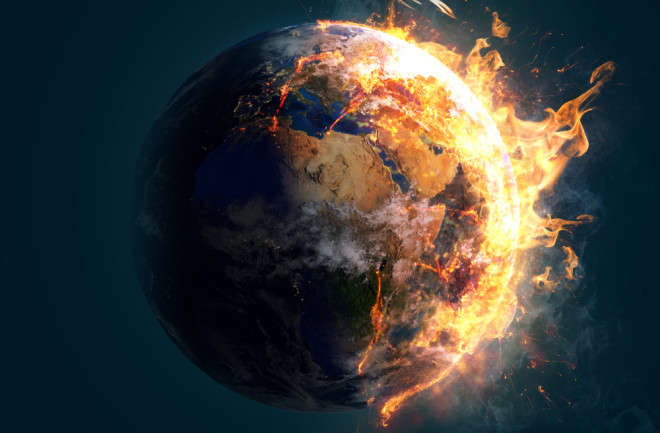As coronavirus cases continue to surge and natural catastrophes such as fires, floods and droughts pummel the planet, it’s easy to imagine that the apocalypse is impending. Yet such catastrophic thinking overlooks the fact that history is rife with calamities that humanity has survived, despite some serious dips in our population.
Five Apocalypses Humanity Has Survived
Although history is filled with catastrophe, these “almost got us” events testify to human resilience.
By Sam Walters
Sep 30, 2021 5:00 AMSep 30, 2021 1:00 PM

(Credit: m.mphoto/Shutterstock)
Newsletter
Sign up for our email newsletter for the latest science news
0 free articles left
Want More? Get unlimited access for as low as $1.99/month
Stay Curious
Sign up for our weekly newsletter and unlock one more article for free.
View our Privacy Policy
Want more?
Keep reading for as low as $1.99!
Already a subscriber?
Find my Subscription
More From Discover
Stay Curious
Subscribe
To The Magazine
Save up to 40% off the cover price when you subscribe to Discover magazine.
Copyright © 2025 LabX Media Group
